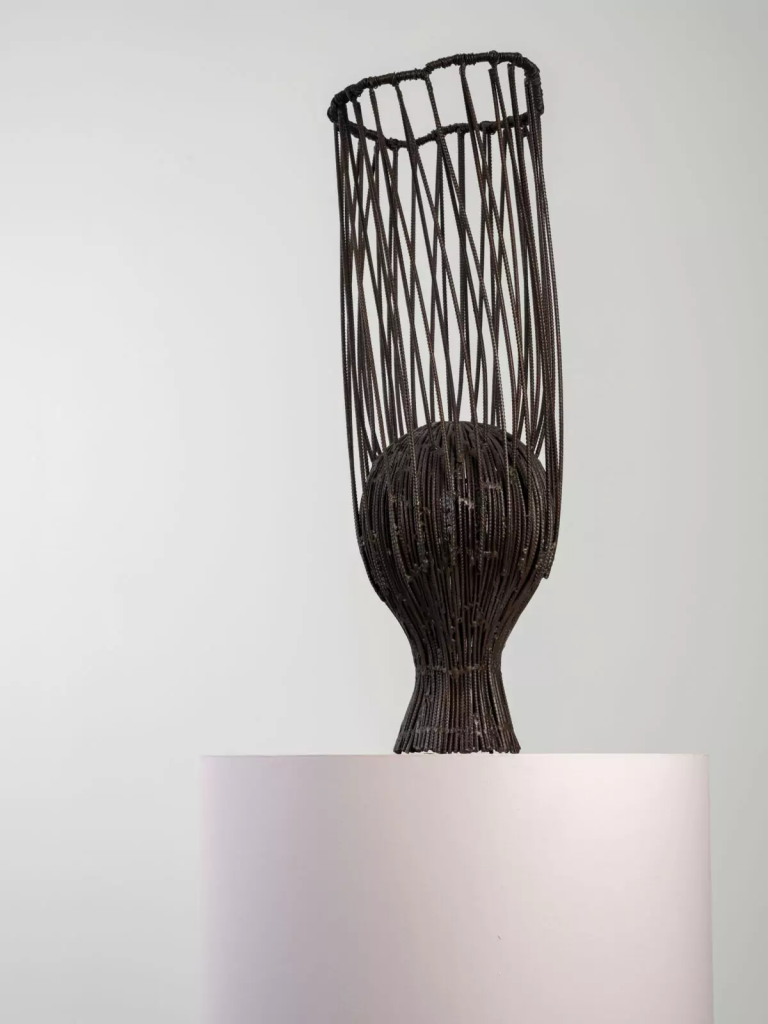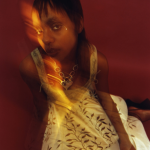
Magnin-A Gallery introduces a new exhibition titled “The Story of Black Hair,” delving into the historical and contemporary narratives surrounding black hair through the works of artists such as Nakeya Brown, Shani Crowe, Marius Dansou, Meschac Gaba, Romuald Hazoumè, Taiye Idahor, Favour Jonathan, Murielle Kabile, Alassane Koné, Althea Murphy-Price, JD ‘Okhai Ojeikere, Anya Paintsil, Ngozi Ajah Schommers, and Ana Silva. This exhibition highlights the inherent cultural heritage and spirituality of black hair.
Research into black hairstyles often traces back to pre-colonial times when hair signified age, religion, social status, marital status, and even family ties. The diverse textures of black hair naturally influenced care practices, with braiding becoming a cultural tradition that fostered community bonds. Historically, socio-cultural narratives have often focused on women’s hair, viewing it as a form of protection and a way to maintain connections with ancestors. However, the transatlantic slave trade marked a tragic turning point. Enslaved Africans were forcibly shaved, stripped of their identity, dignity, and spiritual connections, facilitating the oppressors’ efforts to erase their cultural heritage.
As a form of non-verbal communication, black unruly hair has been politicized, giving rise to various political movements and reflections. Indeed, the “Black is Beautiful” movement born in the 1960s was the first to advocate for natural black hair. This movement celebrated black skin, facial features, and hair. Wearing Afro hairstyles became a proud declaration: “I am black, and I am proud.”
The rise of the Nappy movement (also known as the “natural hair movement”) in the early 21st century further highlighted the differing perceptions of black curly hair, indicating both acceptance and rejection in public and private spheres. This movement also stimulated commercial activity, with a surge in natural hair care products for black women. Centering on black individuals and their hair, the Nappy movement emphasized the diversity of hairstyles and offered new interpretations of their image, having a significant cultural impact. It empowered more black women to wear their natural hair, expressing not only their pride in being black but also an extension of their individuality.
The works in this exhibition, through various mediums, underscore the importance of hairstyles in conveying personal and collective histories, fostering unity and resilience. Hair becomes a canvas for artistic expression, illustrating the connections between past and present, tradition and modernity.
The “Narratives of Black Hair” exhibition is a celebration of cultural identity and acknowledges the profound significance of black African hairstyles in shaping personal and collective experiences.


